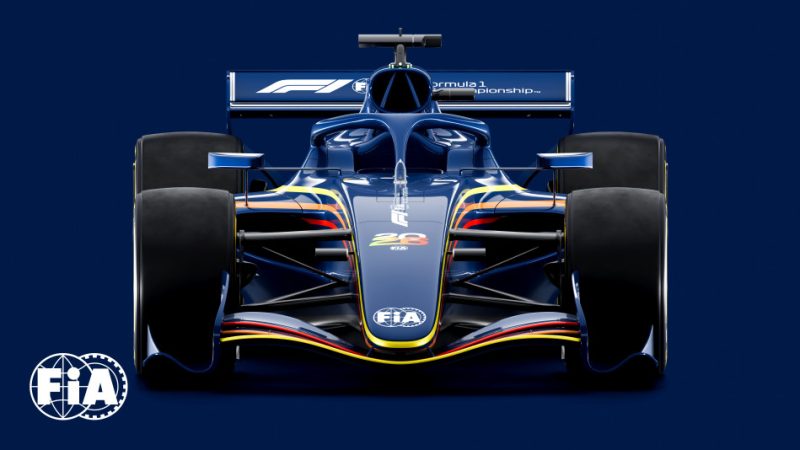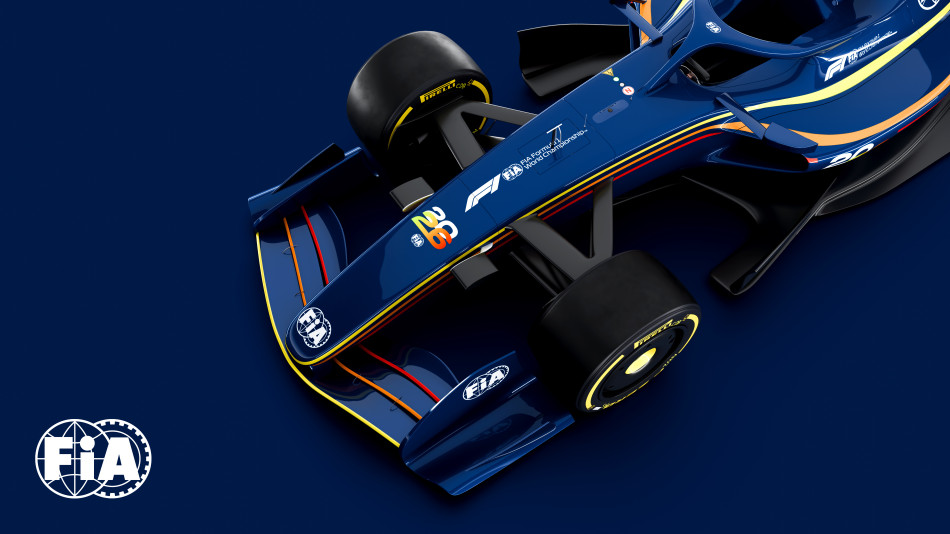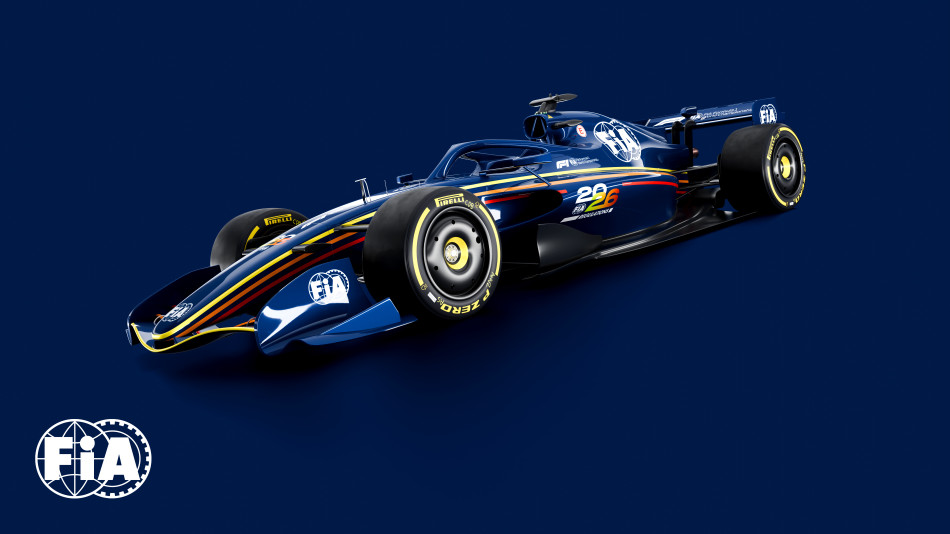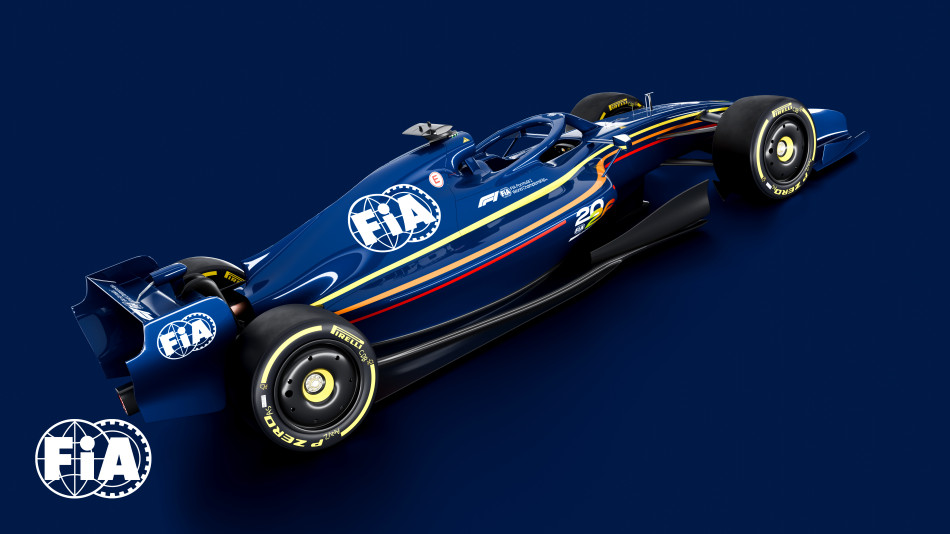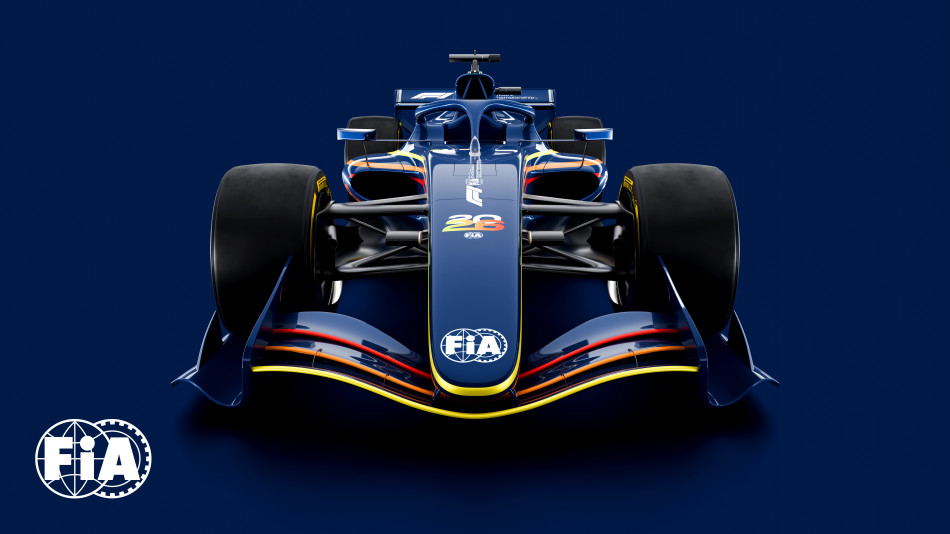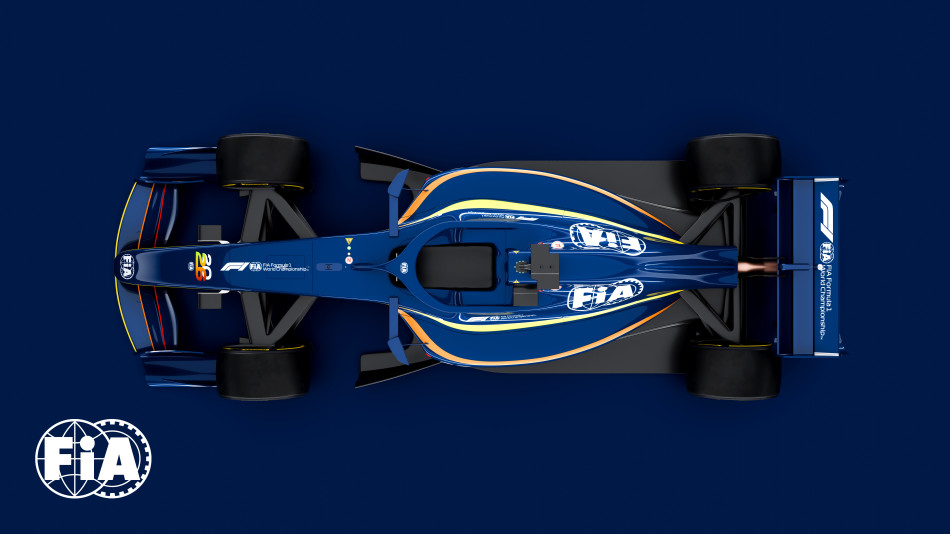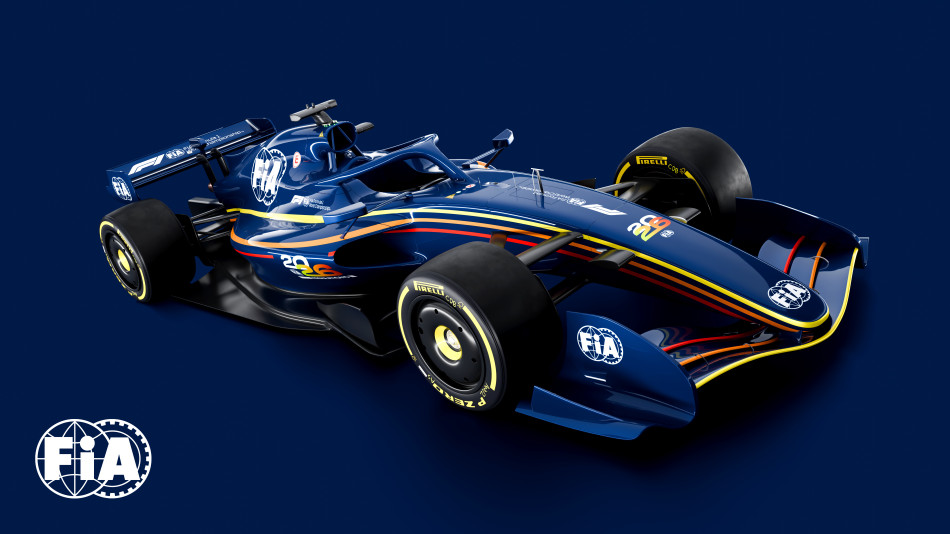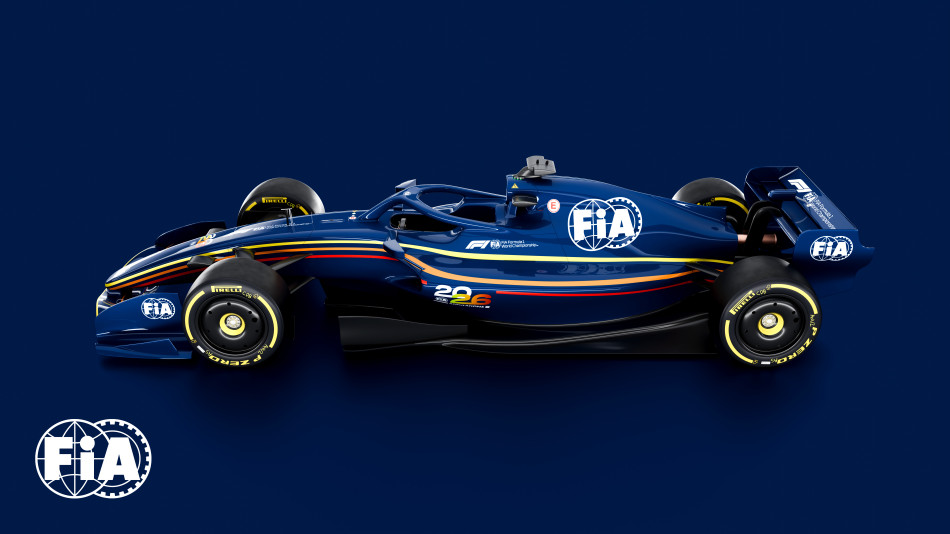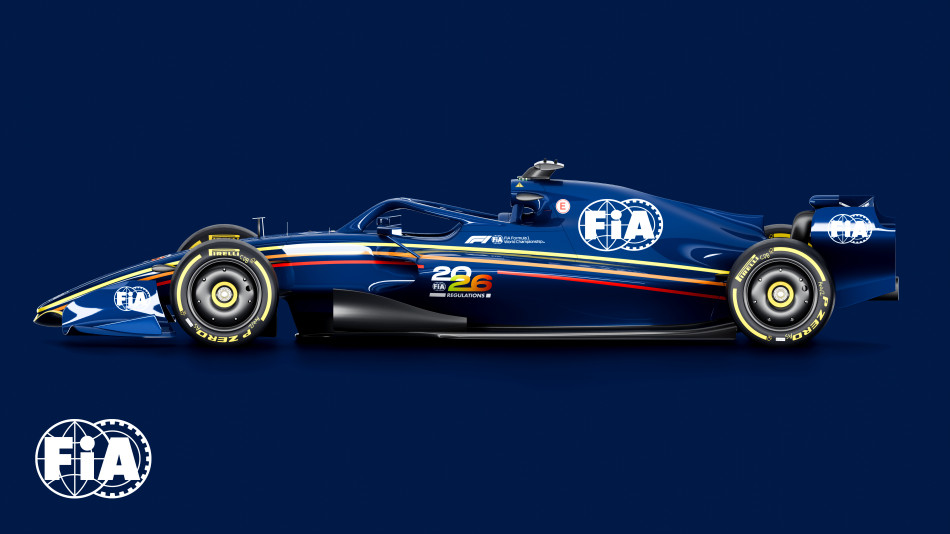It’s over a decade now, since we bid adieu to the naturally aspirated 2.4-litre V8s and welcomed the 1.6-litre, turbocharged V6 engines in F1 in 2013. And now, the International Automobile Federation or FIA has released the new regulations for the sport which will come into force from 2026. The cars undergo a raft of changes and will become smaller, nimbler and more environment-friendly. More importantly, the all-new ‘power unit’ will use 100 percent sustainable fuels along with the hybrid unit getting a massive 300 percent increase in battery power to offer nearly as much power as the internal combustion engine. Effectively, while electrical power will go up from the current 120kW to 350kW, the turbocharged V6 petrol engine’s power is slated to come down from the current 550-560kW to 400kW. In addition, energy regeneration through braking will be doubled to 8.5mJ per lap.
The idea is to enhance efficiency and help the sport contribute further to sustainability. Changes to the car include a 30kg weight reduction to make them nimbler. Dimensional changes include a 200mm drop in the wheelbase (down to 3,400mm) while width will go down by 100mm to 1,900mm – these are expected to aid overtaking and thus make the racing more exciting. One of the biggest changes for 2026 though will be the introduction of active aerodynamics including movable front and rear wings. This will allow teams to prioritise cornering downforce over fuel consumption or vice-versa, thus letting them choose between higher corner speeds or faster speeds on straights depending on the track layout. There are significant updates on the safety front as well. All cars will feature a two-stage front impact structure along with increased side intrusion protection and enhanced protection for the driver and ‘fuel cell’. Roll-over hoops will need to be able to sustain 20G of forces, up from 16G.
All cars will need to run on 100 percent sustainable fuel, meaning all the fuel used in F1 cars will come from renewable sources like municipal waste etc. This fuel will be developed in a bid to make it directly usable in road-going internal combustion engine powered cars, thereby helping make the sport more sustainable and also help in reducing carbon emissions overall. F1 already has confirmations from six manufacturers for the 2026 season – this includes existing names like Ferrari, Renault and Mercedes who will be joined by Honda, Audi and Ford. The overall changes and addition of new manufacturers to the grid is expected to spice things up further for what is the absolute pinnacle of motor racing globally.





